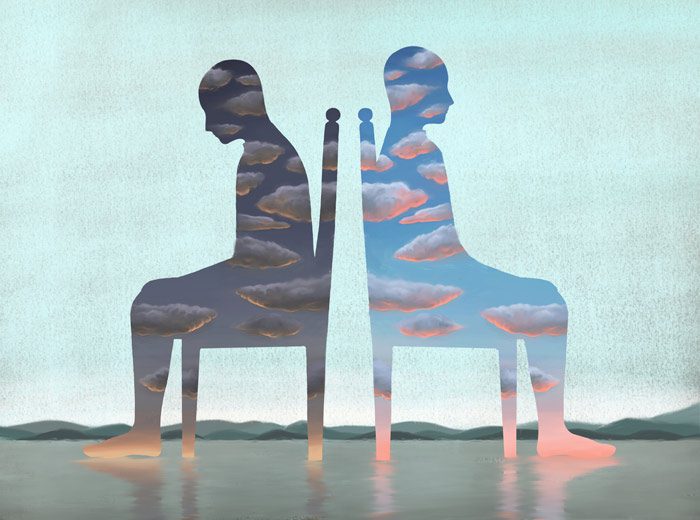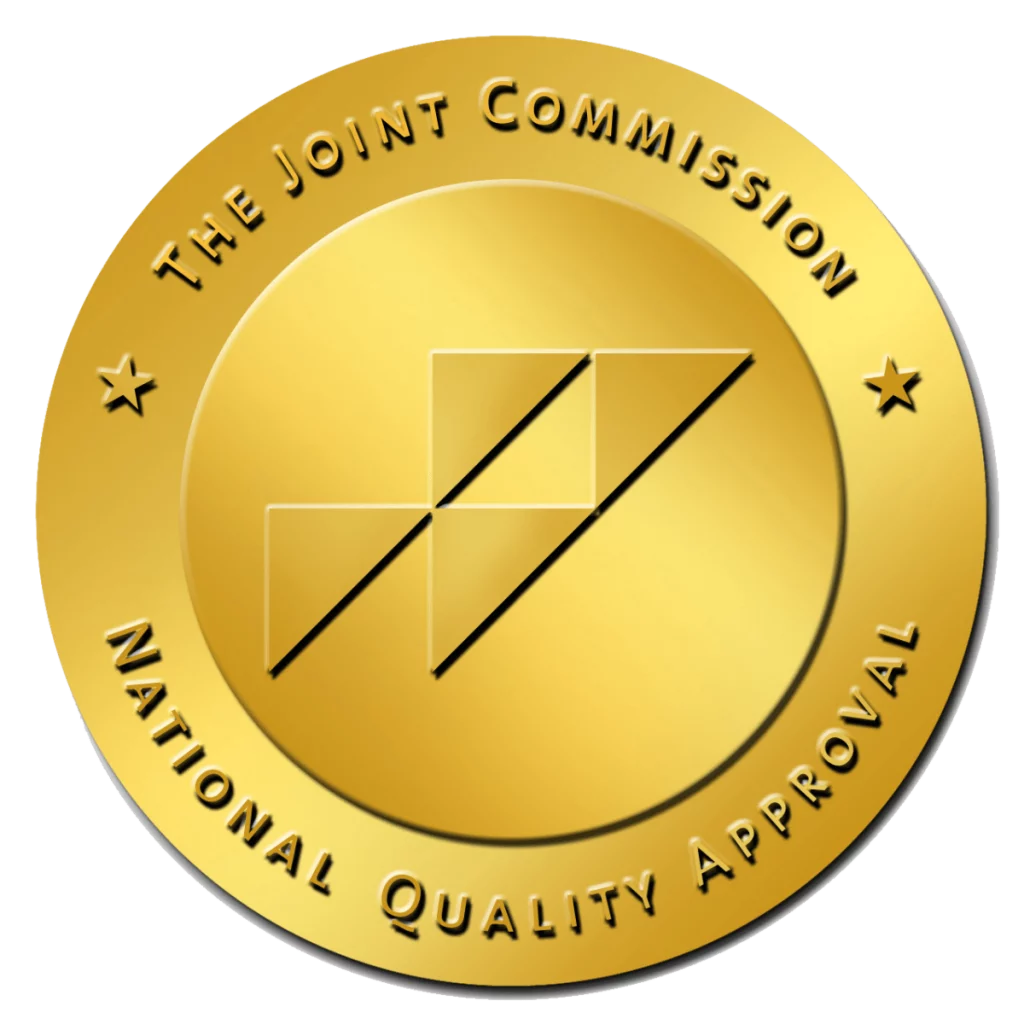Bipolar disorder is a challenging diagnosis to understand and even more difficult to live with. People who have this diagnosis often struggle to manage their symptoms and may act in ways that push away the people around them.
Onset Timing Can Be Challenging
An added challenge of this diagnosis is that onset often occurs in the late teens and early 20s, when young adults are already experiencing immense changes in their lives as they break away from their parents to become independent adults.
Building Your Vocabulary
Before entering a discussion about Bipolar, it is important to know and understand a few important words that relate to the diagnosis:
- Mania/Manic – when a person is manic, they are experiencing such a heightened state of inhibitions that they are impaired and likely to make poor or even unsafe choices.
- Hypomania/Hypomanic – during hypomania, a person’s inhibitions are reduced, and they likely experience high levels of elation, euphoria, etc. to a point that they seem like strangers to their loved ones; however, they are not doing anything considered impaired or dangerous.
- Depression/Depressed – this is the inverse of the mania or hypomania that a person with Bipolar experiences. This sadness often precedes or follows the high periods. Depression can have degrees, from mild to major.
- Mixed Features – a person can experience some symptoms of mania/hypomania at the same time as they are also experiencing some symptoms of depression.
- Rapid Cycling – this refers to cases where the person with Bipolar disorder has four or more distinct mood episodes in a single year. Web MD reports that increased suicidality has been connected to rapid cycling.
Types of Bipolar Disorder
Bipolar Disorder, previously known as Manic Depression, is a mental health condition that comes in several varieties. The Mayo Clinic lists four categories of Bipolar:
- Bipolar I – the person with this condition has had at least one manic episode, which was likely followed or preceded by a hypomanic or depressed phase.
- Bipolar II – this person has experienced at least one episode of major depression and at least one hypomanic episode but has never had mania.
- Cyclothymic Disorder – this variation involves numerous episodes of mild to moderate depression and hypomania over the course of two years for adults, or one year for children and adolescents.
- Other types – sometimes, Bipolar is caused by underlying medical conditions or use of alcohol or other drugs.
Is There a “Worse” Type of Bipolar?
While there is some assumption that Bipolar I is more severe than Bipolar II, this is really not the case. The two conditions just pose different dangers to the people who suffer from them. A person with Bipolar I is at greater risk from their mania, while a person who has Bipolar II is at greater risk from prolonged depression.
Symptoms
While Bipolar looks different for different people and can even change for the same person over time, if a person has three or more of the following symptoms, they may be experiencing a manic or hypomanic episode:
- Wired or jumpy
- Agitated/irritable
- Overly self-confident
- Sleeping less
- Extra chatty/racing thoughts
- More easily distracted
- Impulsive/poor decision making
The National Institutes of Mental Health has a helpful chart that shows the contrast between the manic/hypomanic symptoms a person with Bipolar Disorder experiences, versus the depressive symptoms.
Causes & Risk Factors
Bipolar seems to be caused by differences in brain chemistry and genetics, according to the Mayo Clinic, which reports that the identified risk factors that can increase a person’s chances of being diagnosed with Bipolar Disorder include:
- Having a close relative (parent or sibling) with Bipolar
- Being under a lot of stress
- Substance abuse
Getting Help
Because the behavior of a person with Bipolar Disorder can be so frustrating for their loved ones, it can be difficult for friends and family to empathize. They may not understand that a person experiencing mania or hypomania feels really good in that moment and may not like the idea of giving this up in order to attain improved mental health.
Even so, it is important for a person who is experiencing either depression or mania to seek the support of a mental health professional. Bipolar Disorder is not a condition that just goes away or heals itself. It can be a lifelong condition, and it is important to address it before it creates permanent issues for the person it impacts.
Bipolar Disorder & Co-occurring Conditions
It is important to understand that a person with Bipolar Disorder may simultaneously struggle with other conditions, also called co-occurring conditions. The Mayo Clinic lists the following as frequently occurring alongside Bipolar Disorder:
- Anxiety
- Eating Disorders
- Substance Use Disorder
- ADHD
- Physical Health Issues
If a person is struggling with another condition at the same time that they are experiencing Bipolar Disorder, it may be difficult or impossible to treat one condition effectively without simultaneously treating the other, so it is important for clients to be open-minded about addressing both diagnoses at the same time.
 Considering a Colorado behavioral health treatment center? For more information about Peak View Behavioral Health, or if you have questions, please call us at 719-444-8484 or use our contact form.
Considering a Colorado behavioral health treatment center? For more information about Peak View Behavioral Health, or if you have questions, please call us at 719-444-8484 or use our contact form.








